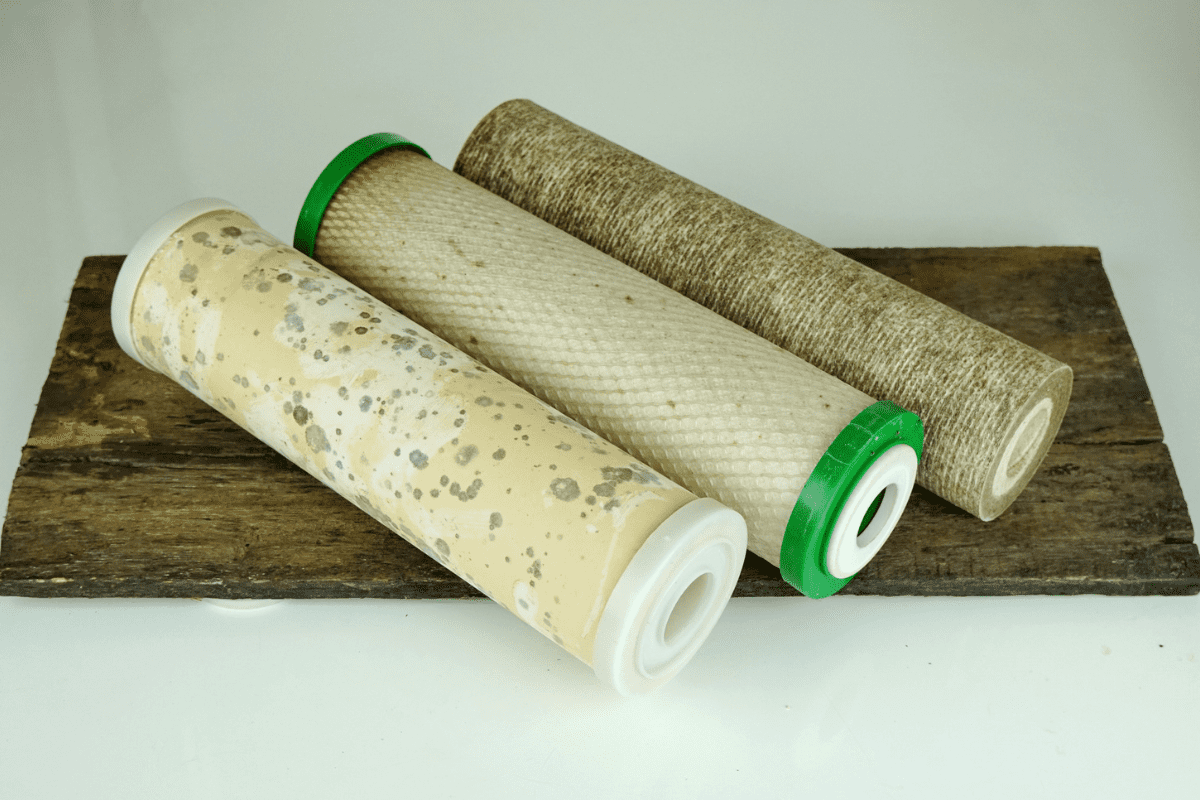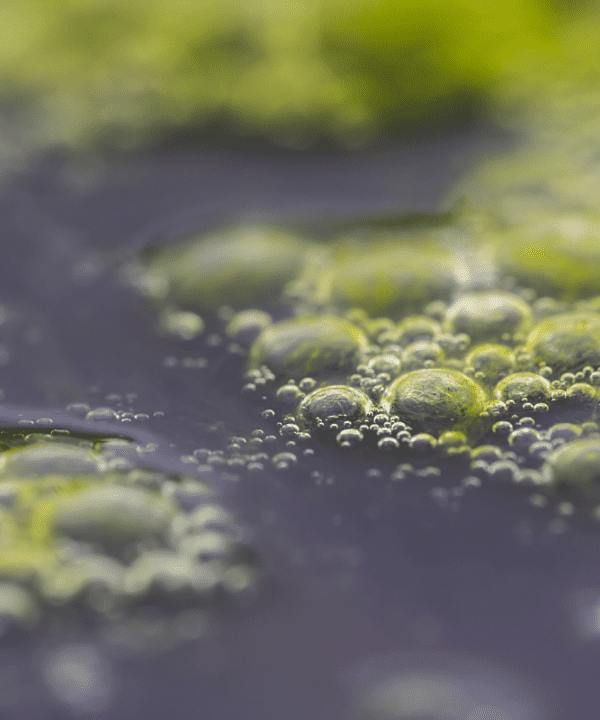
PROJECT DETAILS
- Project No 3017
- Project Name Demonstration of low maintenance chemical free recycling of secondary treated effluent by ceramic membranes
- Lead Organisation Melbourne Water
- Research Lead Victoria University
- Main Researcher Mikel Duke
- Completion Year 2014
Project Description
Water treatment by micro- or ultrafiltration, or reverse osmosis is applied to a range of purposes, including recycling wastewater or reducing contamination sufficiently to make it safe for discharge to the environment. The problem is that membranes age, foul, are blocked by compounds in the feedwater and stop working. Ceramic membranes last longer and are more resistant to cleaning and defouling processes than other types of membranes. This research used a 25m2 ceramic microfiltration membrane pilot plant installed downstream of an ozone disinfection process to examine the effect of the integrated combination of these two units on turbid (3-5 NTU), highly fouling secondary effluent from a wastewater treatment plant. Adding coagulation with ‘PAC’ to the process stream more than doubled (flux) flows through the membrane. The pathogen indicators E. coli and MS2 were used to calculate Log Removal Values of >3.2 and 4 for protozoans and viruses respectively. It was concluded that the hybrid ozone-PAC – ceramic membrane treatment process was highly effective for treating and recycling challenging wastewaters.





